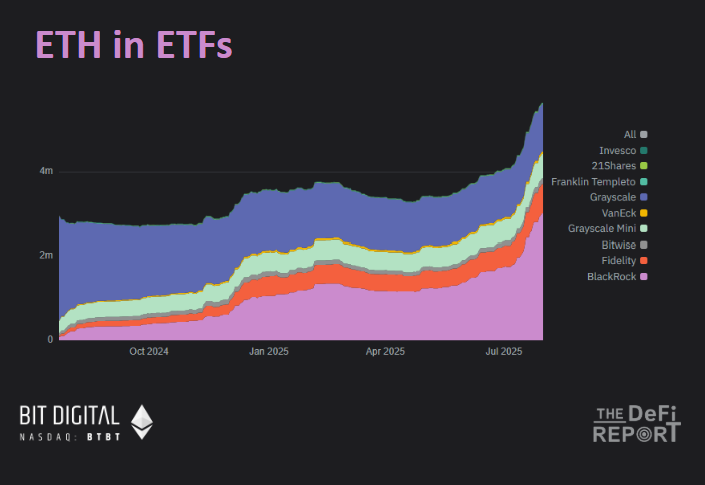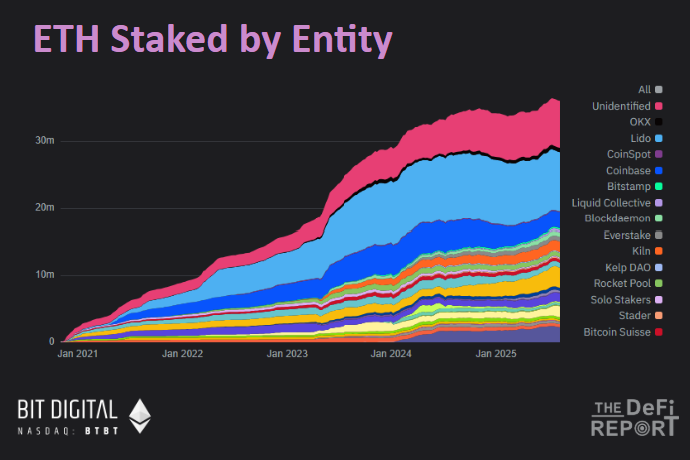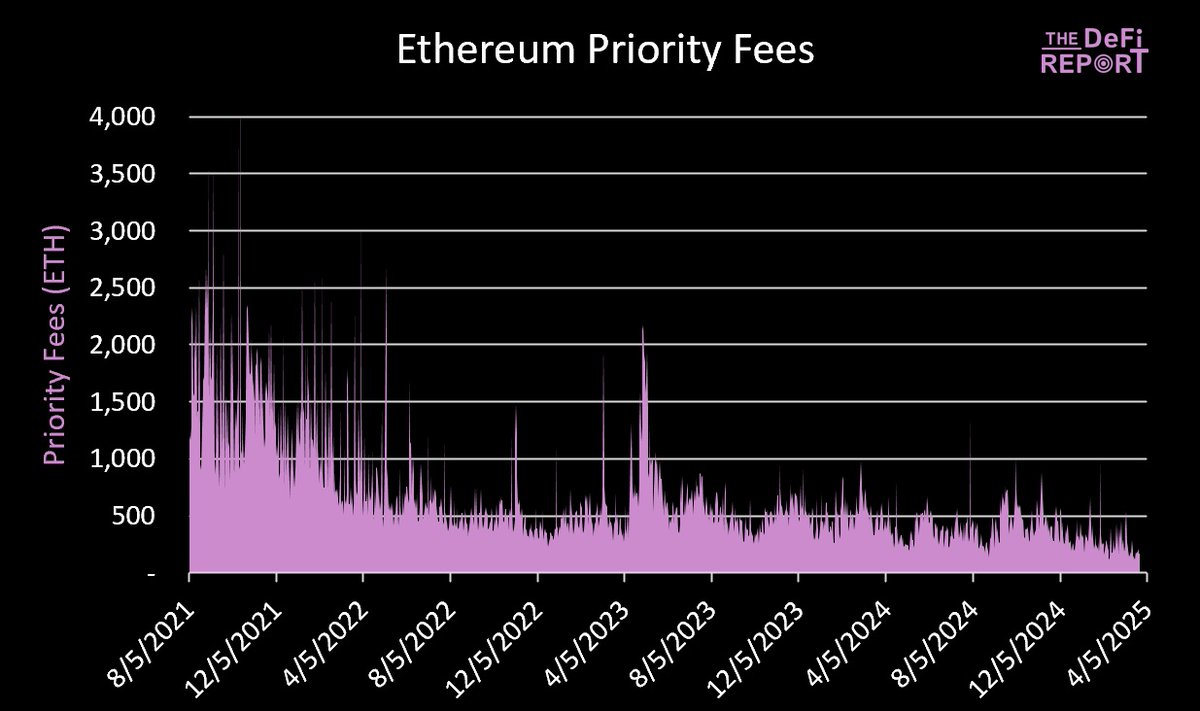Bold prediction: DeFi protocols will soon pay TradFi firms for *asset flow* on public chains, similar to how start-ups pay Google for search rankings today.
Said another way, DeFi protocols that sit underneath financial service providers (Fidelity, Blackrock) in the tech stack will share their economics with Wall Street as a way to onboard billions of tokenized assets into permissioned DeFi.
Why do I think it *could* play out this way?
Because TradFi owns the distribution.
But they aren’t going to build new protocols in DeFi. Instead, they’ll “tap into the new protocols” the crypto industry is building — by creating an interface to them for their existing customers.
This is where things get interesting.
Because the assets will be able to move freely onchain. For example, in the future, a user should be able to send tokenized Apple shares from Fidelity into DeFi to provide liquidity or access a loan.
So it makes sense that the DeFi protocols would pay commissions for the asset flow (and the fees that come with it).
It gets really interesting when you start to think about how the attribution (and payment) for all of this can happen in real-time, onchain.
Of course, in this world, we should expect TradFi firms to incentivize users to move assets back to their platform for custody and/or other services (offer insurance or some other perk/yield?)
The key thing is that the assets can move freely on public blockchains.
Therefore, we should expect to see some new business models and more competition.
The smartest DeFi + TradFi firms are planning for this now.
Data: Capital Deployed to Blackrock’s BUIDL Money Market Fund on Ethereum powered by @tokenterminal
Said another way, DeFi protocols that sit underneath financial service providers (Fidelity, Blackrock) in the tech stack will share their economics with Wall Street as a way to onboard billions of tokenized assets into permissioned DeFi.
Why do I think it *could* play out this way?
Because TradFi owns the distribution.
But they aren’t going to build new protocols in DeFi. Instead, they’ll “tap into the new protocols” the crypto industry is building — by creating an interface to them for their existing customers.
This is where things get interesting.
Because the assets will be able to move freely onchain. For example, in the future, a user should be able to send tokenized Apple shares from Fidelity into DeFi to provide liquidity or access a loan.
So it makes sense that the DeFi protocols would pay commissions for the asset flow (and the fees that come with it).
It gets really interesting when you start to think about how the attribution (and payment) for all of this can happen in real-time, onchain.
Of course, in this world, we should expect TradFi firms to incentivize users to move assets back to their platform for custody and/or other services (offer insurance or some other perk/yield?)
The key thing is that the assets can move freely on public blockchains.
Therefore, we should expect to see some new business models and more competition.
The smartest DeFi + TradFi firms are planning for this now.
Data: Capital Deployed to Blackrock’s BUIDL Money Market Fund on Ethereum powered by @tokenterminal

• • •
Missing some Tweet in this thread? You can try to
force a refresh





















